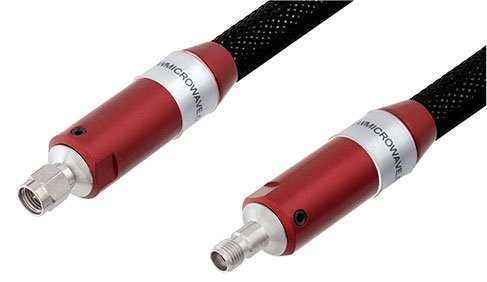Highlights of Measuring Dielectrics With RF Equipment Part 1
Delectric materials are used in nearly all RF and microwave structures, outside of those that are strictly made of conductors. Dielectrics are crucial for making transmission lines, dielectric waveguides, and separating conductors. Given that the properties of planar circuits, transmission lines, antennas, and other active/passive RF hardware are dependent on the dielectric constant and loss tangent of dielectric components, understanding of dielectric material properties is essential. However, testing dielectric materials for complex permittivity performance requires some setup and design of a dielectric test structure to yield the most useful results.
Hence, there are a wide variety of methods for measuring the dielectric properties of dielectric materials. It is generally advisable to devise a characterization or measurement strategy that measures a dielectric in a configuration that is as near as possible to the method in which the dielectric will be used. For RF/microwave applications there are four common methods, transmission/reflection method, open ended coaxial probe method, free space method, and resonant methods. Each of these methods makes use of a vector network analyzer (VNA), or optionally simply a network analyzer (NA) for the open-ended coaxial probe and resonant method. With the use of NA instruments, comes the need for high quality metrology-grade interconnect, such as coaxial VNA test cables and potentially high-speed end launch connectors if the dielectric is planar or a circuit board laminate.

Coaxial VNA Test Cable


